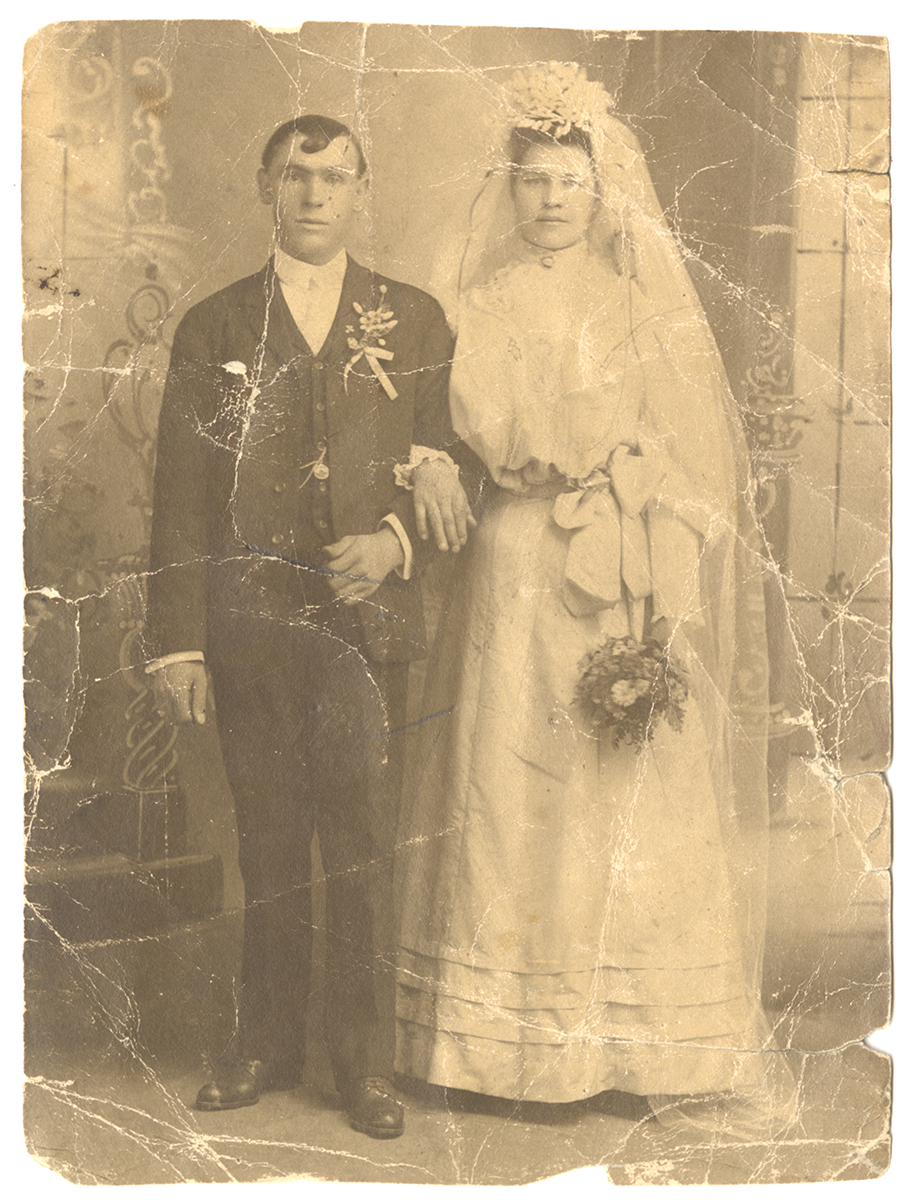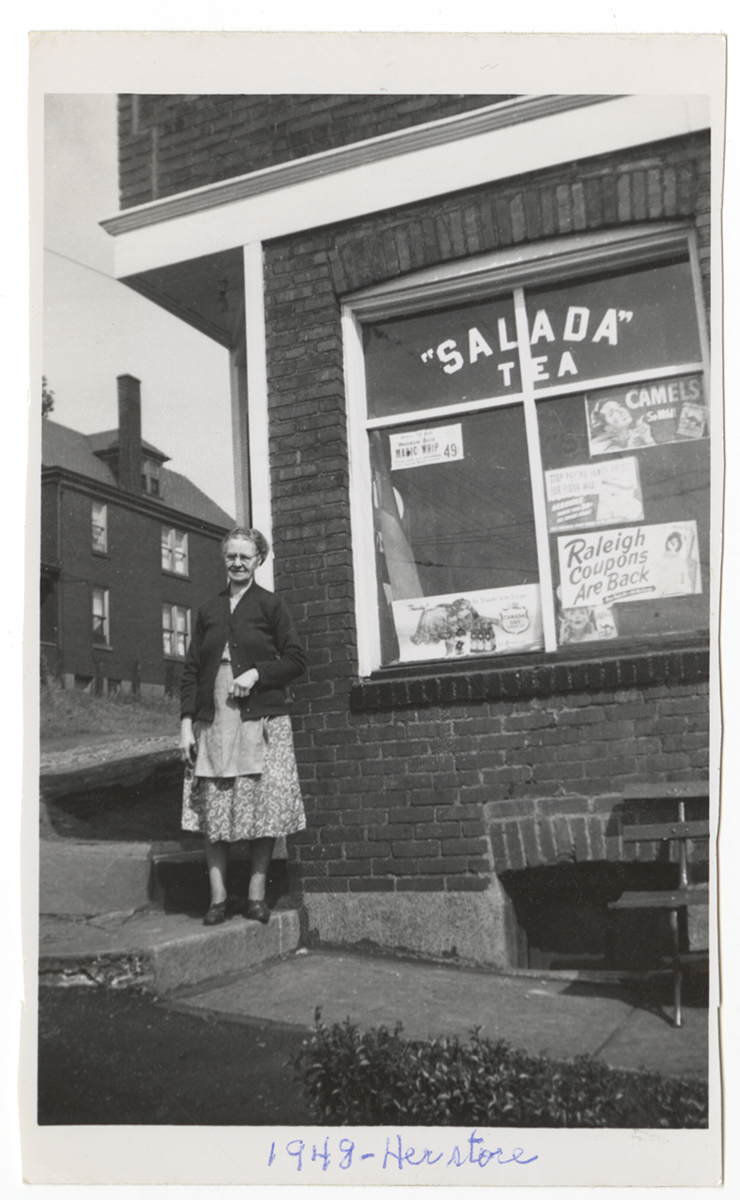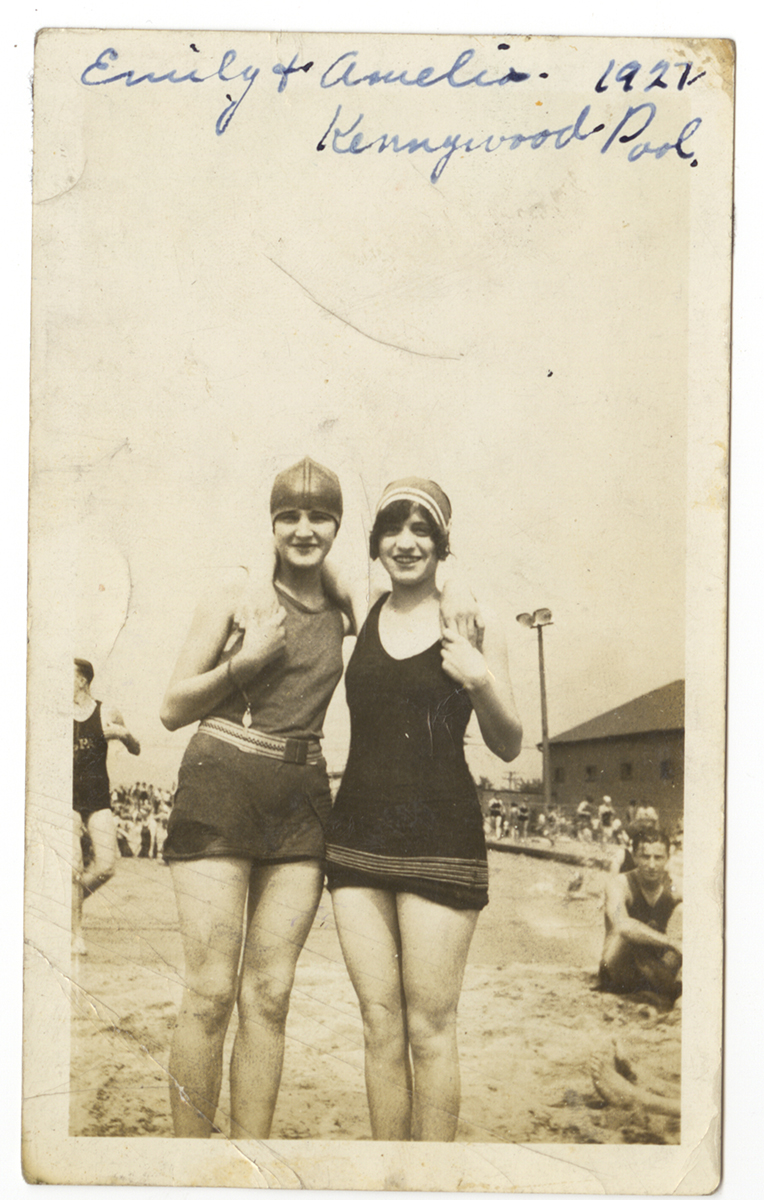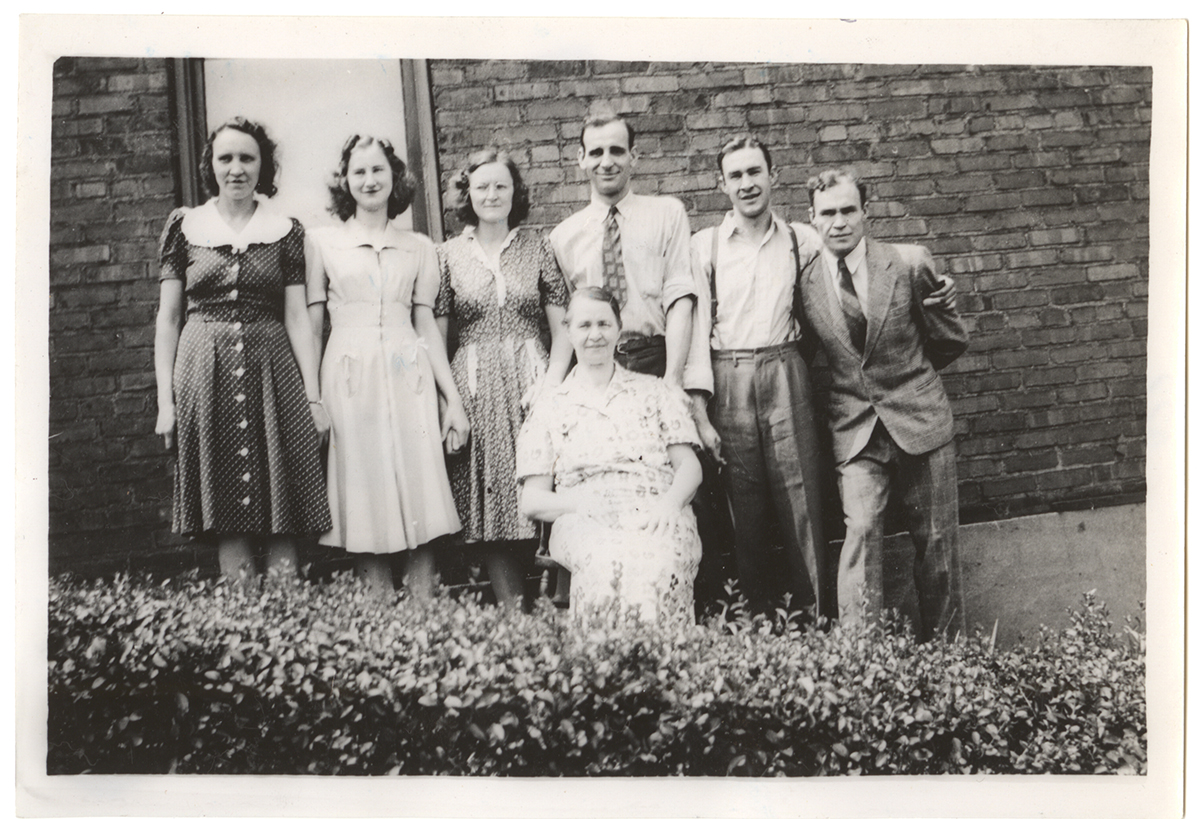A version of this article originally appeared in the Special Edition #Pixburgh Issue of Western Pennsylvania History Magazine.

At the turn of the 20th century, Pittsburgh was known for its smoke and industrial might. Changes in steel making technology created thousands of unskilled jobs in the region’s mills, and immigrants flooded in from Central and Eastern Europe. Many had a familiar story to tell about their experiences—a new land and language, unrelenting hard work, becoming Americans while keeping native traditions, and often tragedy. The Rajcan family embodied all of these and more.
George Rajcan was 19 went he left Austria-Hungary to join his older brother in Duquesne, Pa. Like many single men, he moved in to a boarding house and quickly found a job at the Carnegie Steel Mills. Two years later, he met another young immigrant, Mary Majer, and discovered they were from the same small town. Mary took a job as a governess in Charleroi, but the two kept in touch and were married in 1904.
In 1907, while Mary was expecting their second child, George’s doctor recommended they return to their homeland for his health. So the three of them, George, Mary, and baby Marie sailed back to their home across the Atlantic and stayed until the following year when George returned to Duquesne and resumed working at the mill. Mary and the two children remained to care for an elderly relative and didn’t return to the U.S. for another three years.
By 1919, the Rajcan family had grown to five children and Mary was expecting again. This time she gave birth to triplets, but two of the infants died the following day and the third a few months later. Their final child was born in 1921 and the family was overjoyed with the latest arrival. The youngest, Vera, made them a family of three sons and three daughters.

In addition to his work in the mill, George bought a small apartment building with a corner grocery store. It had been damaged by fire but George did the repairs himself. Mary managed the store in addition to raising their six children. Though a strict disciplinarian, George was also deeply religious and very loving. His daughter Amelia recalled, “We come from a family of huggers and kissers.”
George and Mary also had a high regard for education. The children went to public school during the year, then in summer, took classes at the Slovak Lutheran church school where they received religious instruction and learned to read and write in Czech. George was so concerned about his children’s education that he took out an insurance policy in each of their names so they could finish school should anything happen to him.
On Good Friday in 1929, George received a call from the mill that one of the crew members was unable to work the night shift. Rather than call another man to work, George left the house that night to begin work at 11:00 p.m. Around midnight the family awoke to pounding on the front door. Mill guards quickly escorted them to the dispensary where George lay on a table covered with blankets. George had been struck and run over by a hot metal train which severed both legs. He quietly said goodbye to each of them, admonishing the children to take care of their mother. Their son George and Rev. Gavlick accompanied him in the ambulance to West Penn Hospital, but George died before they reached the facility.
A widow at 45, Mary still had five children at home. She made ends meet with a small compensation check from the mill, rent from the other apartments, and the corner store. Her oldest daughter graduated from college and the others left home one by one to work or get married. Mary lived briefly with daughter Marie, but missed Duquesne and returned to live with her son Joseph when he built a house next to their old apartment building on Overland Street. She remained in Duquesne until she was 89 when her daughter Amelia convinced her to join her in Connecticut. Mary died there at age 94. When Amelia was cleaning out her remaining effects she found a writing tablet in which her mother had practiced writing over and over in her best script, “I am an American.”
The Rajcan Collection, befitting a close-knit and loving family, consists almost entirely of family photos covering nearly 80 years and three generations from early portraits of George and Mary before they married to Mary’s last days in the Connecticut nursing home.


Lauren Uhl is the museum project manager & curator of food & fitness at the Heinz History Center.